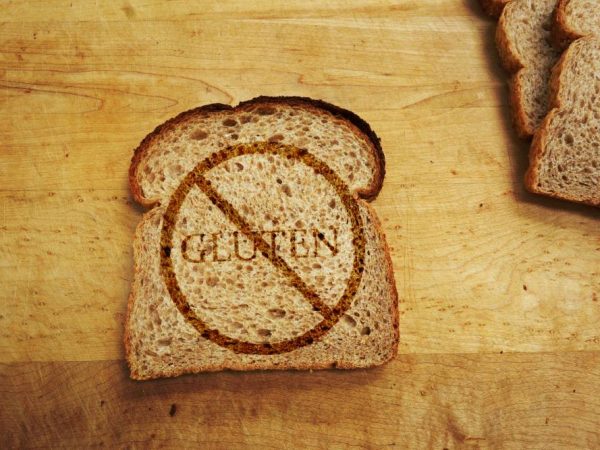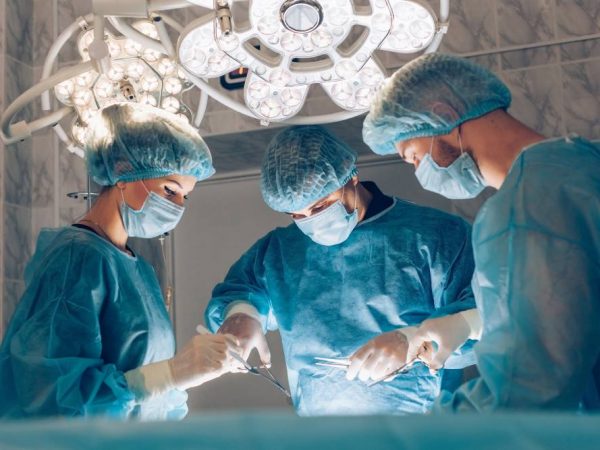It was recently announced that c-sections have doubled since 2000 because of the fear of labour pain, sexual dysfunction and the fear of incontinence related to vaginal delivery.
It is common knowledge that women who have a natural childbirth have a higher chance of developing incontinence later in life, it has therefore become very common for pregnant women who have experienced leakage before childbirth to be concerned. Chair of FIGO’s Safe Motherhood Committee, asserted: “worldwide there is an alarming increase in caesarean section rates". However, experts are becoming more adamant that women should not choose this option just to avoid incontinence.”
How Can C-Sections affect Continence?
Those who choose c-sections should remember that any kind of childbirth causes tears and strains on the body, and as researcher Goldberg explains: “things tend to equalize due to wear and tear and gravity”. As your baby grows in pregnancy, your uterus becomes heavier and your supporting structures are therefore become stretched and weakened. Hormones during pregnancy also contribute to the loosening of ligaments and muscles. A study in 2011 found that c-sections only drastically lower the risk of bladder problems if a woman delivers all of her children that way. This study found that 55% of women who had vaginal birth experienced incontinence, and 59% of women who had one vaginal birth and one caesarean had incontinence. Glazener explains, “unless women are resolved to have all their deliveries by the abdominal route, caesarean section doesn’t necessarily protect from incontinence”.  However, unique to c-sections is the scar. During a c-section an incision is made meaning a scar will form as part of the healing process. A temporary scab can form too close to the edges of the incision and as a result, the body creates scar tissue from collagen which can extend into deeper layers below the skin. These collagen fibres in scar tissue are formed in a single linear direction which can cause a variety of problems including bladder problems as the scar can attached to the front wall of your bladder causing urge incontinence and frequent urination. Physical therapist Kristen Maike explains “as everything shrinks back down after the birth, the scar begins tugging on the bladder. This makes it feel like you have to pee”. A 40 year old Doctor and mother, Ellen, is one of many women who experienced the side effects of a c-section scar. After the operation, her left leg was not responding well to the brain due to nerves being trapped – the scar was shutting off the muscles to her left leg and anterior pelvic muscles causing incontinence. Neurokinetic Therapy was used to reprogram her neurological system and restore muscular control and coordination. She was eventually able to regain leg movement and her incontinence cleared.
However, unique to c-sections is the scar. During a c-section an incision is made meaning a scar will form as part of the healing process. A temporary scab can form too close to the edges of the incision and as a result, the body creates scar tissue from collagen which can extend into deeper layers below the skin. These collagen fibres in scar tissue are formed in a single linear direction which can cause a variety of problems including bladder problems as the scar can attached to the front wall of your bladder causing urge incontinence and frequent urination. Physical therapist Kristen Maike explains “as everything shrinks back down after the birth, the scar begins tugging on the bladder. This makes it feel like you have to pee”. A 40 year old Doctor and mother, Ellen, is one of many women who experienced the side effects of a c-section scar. After the operation, her left leg was not responding well to the brain due to nerves being trapped – the scar was shutting off the muscles to her left leg and anterior pelvic muscles causing incontinence. Neurokinetic Therapy was used to reprogram her neurological system and restore muscular control and coordination. She was eventually able to regain leg movement and her incontinence cleared.
When is a C-Section Urgently Needed?
A C-Section consists of delivering the baby through a cut made in the abdomen and womb. It can be necessary for the following reasons:
- Your labour isn’t progressing as expected
- Your baby is in a bottom-down, or breech, position
- Your baby is in a sideways position or keeps changing position
- Yours or your baby’s health is at risk
- Your baby is too large for vaginal birth
- You have a serious medical condition, such as Diabetes or heart disease
- You are expecting twins
Who is More at Risk of Incontinence after a C-Section?
Women with gestational diabetes and women who smoke often are at risk of developing incontinence after a c-section. However, just like vaginal birth, it is not impossible for things to go wrong. One risk is damage to your bladder or to the tubes that connect the kidneys to the bladder during the incision. This often requires further incontinence surgery.
Lille SupremFit
Ideal For: Moderate to Severe Incontinence
Prices Online:
Incontinence Supermarket: £6.49 to £12.60 (Packs of 20, 22, 24, 26) Allanda: £6.49 to £12.59 (Packs of 20, 22, 24, 26)
TENA Pants

Ideal For:
Moderate to Heavy Incontinence
Prices Online:
Incontinence Supermarket: £4.89 to £13.95 (Packs of 8, 9, 10, 12, 14, 15, 18) Allanda: £7.20 to £13.95 (Packs of 8, 9, 10, 12, 14, 15, 18)
Attends Contours

Ideal For:
Light to Heavy Incontinence
Prices Online:
Incontinence Supermarket: £6.20 to £9.40 (Packs of 21, 28, 35, 42) Allanda: £6.20 to £9.40 (Packs of 21, 28, 35, 42)
Originally posted 2021-01-15 11:38:50.













Leave a Reply